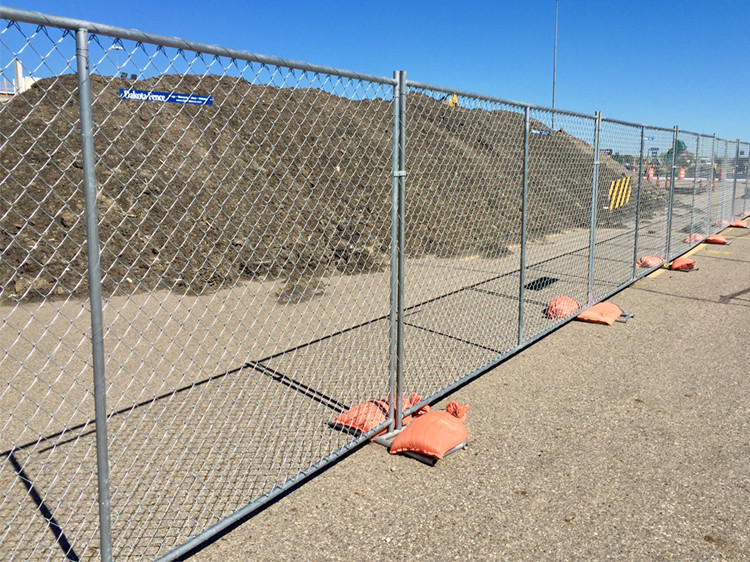ऑगस्ट . 10, 2024 01:30 Back to list
Installing Field Fencing for Effective Crop Protection and Livestock Management in Agricultural Areas
Putting Up Field Fence A Practical Guide
When it comes to managing livestock or protecting crops, a sturdy field fence is an essential asset for any farmer or landowner. Not only does it serve to keep animals in and pests out, but it also defines boundaries and enhances the overall aesthetic of the property. This article will provide a comprehensive guide to putting up a field fence, focusing on everything from selecting materials to installation and maintenance.
Choosing the Right Materials
The first step in erecting a field fence is selecting the right type of materials. Common fencing options include wire, wood, vinyl, and electric fencing. Wire fencing, particularly barbed or woven wire, is popular for livestock enclosures due to its durability and effectiveness in keeping animals contained. Pressure-treated wood can provide a more traditional look and is often used in combination with wire for additional strength. Vinyl fencing is low-maintenance and resistant to weather elements, making it a good choice for long-term use. Electric fencing is also an option, especially for animals that require a psychological barrier rather than a physical one.
Planning Your Fence Layout
Before you begin installation, it’s crucial to plan the layout of your fence. Start by walking the perimeter of the area you wish to enclose, marking the corners and any gates with stakes. This step ensures that you have a clear visual of your project and helps prevent costly mistakes during installation. Consider the topography of the land as well; uneven ground may require additional care and modification in your layout.
Installing the Fence
Once the materials are selected and the layout planned, it's time to begin installation. Here’s a step-by-step guide
putting up field fence

1. Mark the Fence Line Use stakes and string to outline the perimeter of the fence. This will serve as a guide for placing the posts. 2. Install Fence Posts Begin by digging holes for the fence posts, which should be spaced approximately 8 to 10 feet apart, depending on the type of fence. For wooden posts, set them in concrete for added stability, ensuring they are straight. Allow concrete to cure as per the manufacturer’s instructions.
3. Attach the Fence Material Once the posts are securely in place, it’s time to attach the fence material. If using wire fencing, unroll the wire along the line of posts and secure it with staples or wire ties. For wood or vinyl, follow the manufacturer’s instructions to attach panels or boards securely.
4. Install Gates Don’t forget to include gates in your fence layout. Gates should be installed at points that provide convenient access while ensuring they are sturdy enough to withstand any animal pressures.
5. Final Inspection After installation, inspect the entire length of the fence for any gaps or weak points. Make necessary adjustments to ensure the fence is taut and secure.
Maintenance Tips
A well-maintained fence can last for years. Regularly check for any damage, such as rust on wire fencing or rotting in wood. Clear away any vegetation that may encroach on the fence line, as overgrowth can weaken the structure. If you have a painted or stained fence, refresh the finish every few years to protect against weathering.
In conclusion, putting up a field fence may seem like a daunting task, but with careful planning, the right materials, and a solid installation process, you can create a reliable boundary that meets your needs. Whether it’s for livestock management, crop protection, or simply marking your property lines, a well-crafted fence is a valuable investment for any landowner.
-
358 Anti Climb Welded Wire Mesh Fence - Secure Perimeter Defense
NewsAug.02,2025
-
Durable Hot-Dip Galvanized Farm Field Wire Fence | Farm Security
NewsAug.01,2025
-
Temporary Fencing Solutions-Anping County Xingzhi Metal Wiremesh Products Co.,Ltd
NewsJul.31,2025
-
Hop Dipped Galvanized / PVC Coated Temporary Fence - Anping County Xingzhi Metal Wiremesh Products Co., Ltd.|Durable Temporary Fencing&Cost-Effective Security Solutions
NewsJul.31,2025
-
Hop Dipped Galvanized / PVC Coated Temporary Fence-Anping County Xingzhi Metal Wiremesh Products Co., Ltd|durable temporary fencing&corrosion-resistant solutions
NewsJul.31,2025
-
Temporary Fencing Solutions - Anping County Xingzhi Metal | Galvanized PVC Coated Fences
NewsJul.31,2025



